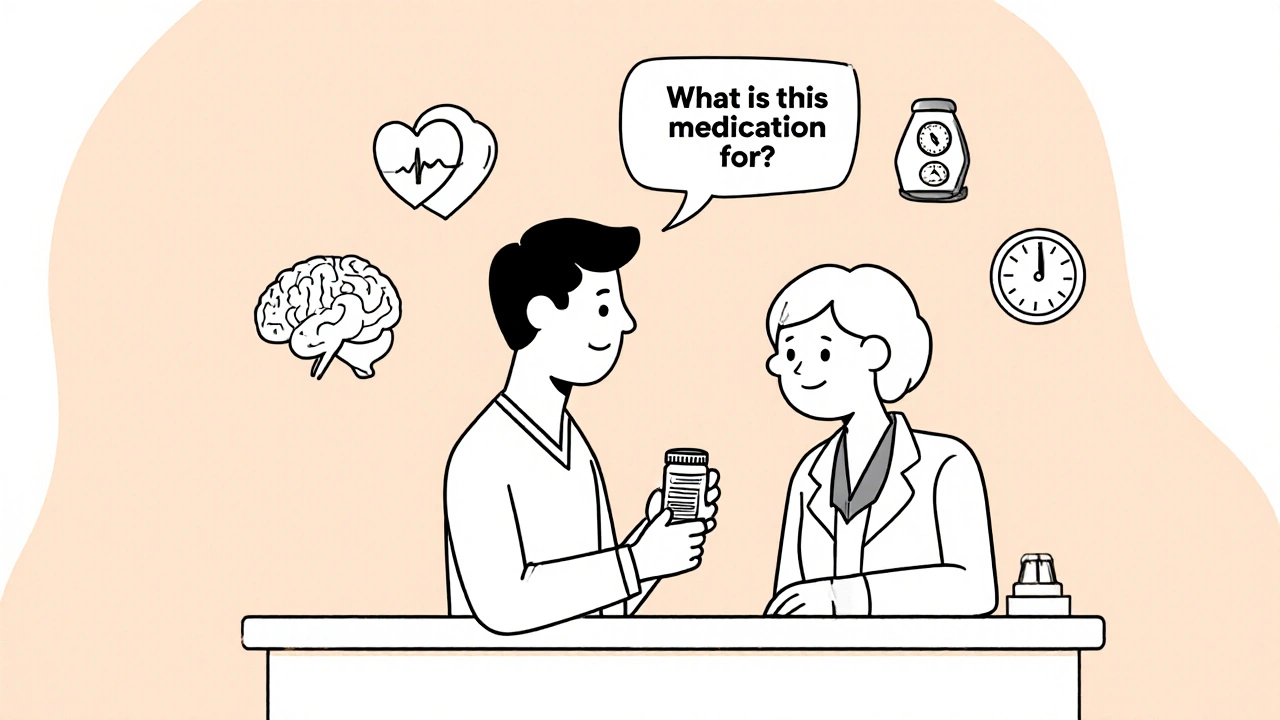
Knowing what to ask at the pharmacy can prevent dangerous drug interactions, side effects, and dosing errors. These top medication safety questions help you take control of your health and avoid common mistakes.
Ever taken a pill and wondered why you felt a little off? That’s a side effect, and it’s more common than you think. Knowing what to expect can save you a lot of hassle and keep you safe.
A side effect is any unwanted change in your body that happens after you start a medication. It can be a mild headache, a stomach ache, or something more serious like a rash. Not every reaction is bad—some are just a sign the drug is doing its job. The trick is to tell the good from the bad.
Why does this matter? Because side effects can tell you when a drug isn’t right for you, or when you need a dose adjustment. Ignoring them might lead to bigger problems, especially with medicines that affect the heart, liver, or kidneys.
Most drugs share a handful of typical reactions. Nausea, dizziness, dry mouth, and fatigue top the list. If you start a new prescription and notice any of these within a few days, write it down.
Pay special attention to symptoms that feel out of the ordinary for you. A sudden skin rash, trouble breathing, or swelling in your hands or feet could signal an allergic response. Even if a symptom sounds mild, like mild itching, it’s worth mentioning to your pharmacist or doctor.
Online pharmacies often list known side effects on the product page—take a minute to read those before you click ‘buy’. If you’re comparing two similar meds, look at the side‑effect profile; sometimes a cheaper option comes with more unpleasant reactions.
First step: don’t stop the medication on your own unless the reaction is severe (like anaphylaxis). Call your doctor or a qualified pharmacist. They can tell you whether to keep taking the drug, lower the dose, or switch to something else.
Second step: document everything. Note the drug name, dose, when you started, and the exact symptom you experienced. This helps your healthcare provider make an informed decision quickly.
Third step: report the reaction. In the U.S., you can use the FDA’s MedWatch system; other countries have similar agencies. Reporting helps researchers track safety trends and can protect future patients.
Finally, look for ways to ease mild side effects. Taking a medication with food can reduce stomach upset, staying hydrated can help with dry mouth, and a short walk might beat that dizzy feeling.
Bottom line: side effects are a normal part of taking medicines, but they don’t have to be a mystery. By staying alert, keeping notes, and talking to your healthcare team, you’ll keep the benefits of your treatment while minimizing the downsides.

Knowing what to ask at the pharmacy can prevent dangerous drug interactions, side effects, and dosing errors. These top medication safety questions help you take control of your health and avoid common mistakes.

Learn how baclofen works for trigeminal neuralgia, see dosage guidelines, compare it with other treatments, and get practical tips for safe pain management.

Clear 2025 guide to Capoten (captopril): uses, typical doses, side effects, interactions, and safety tips with NZ context. Evidence-backed and practical.

Discover how Slimonil works, what to expect, real side effects, and expert-backed tips for safe use. Is this weight loss tablet right for you? Find out here.

Curious about Endep? Discover what it does, how it's used, its risks, real-life tips, and who should or shouldn't take it. The ultimate Endep 2025 guide.

Explore Levoquin: how it works, what it treats, who should steer clear, and key tips for safe use. Straight talk on risks, benefits, and patient experiences.